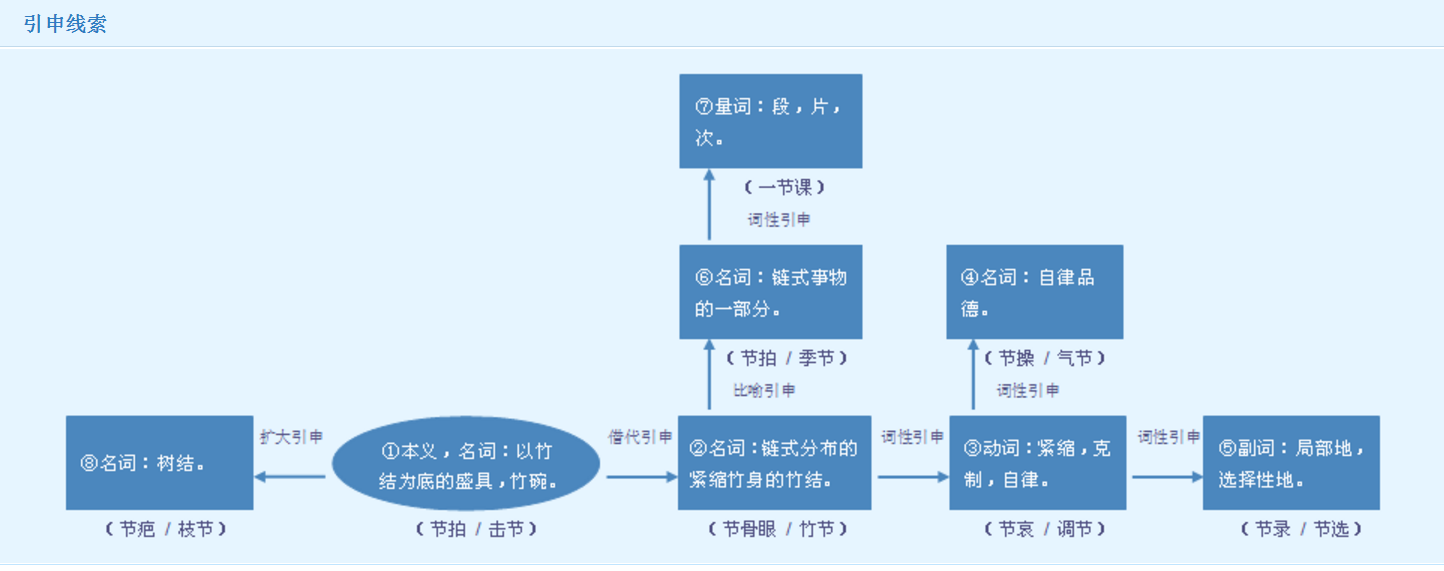Simply because it can be used both as noun and verb. As a noun, it can mean "festival". As a verb, it can mean "to save, to control". You have to remember it in the context for every single word can have dozens of meaning according to the context.
Oh. Thanks to comments, now I add some explanations for WHY
 From left to right, from ancient time to the present, it shows how "节" derives.
The rightest one is mostly used in Chinese mainland and “節” is mostly used in Taiwan.
From left to right, from ancient time to the present, it shows how "节" derives.
The rightest one is mostly used in Chinese mainland and “節” is mostly used in Taiwan.
Its original meaning is something made by bamboo and used as a bowl and a instrument sometimes.
Moreover, you can figure out how its meanings expand from the original one from the pic below.
// The circle is the original one.

I guess you guys can understand those words in the pic so I don't translate them.
The website is here : http://www.vividict.com/WordInfo.aspx?id=2654
====================== sth awful below ===================================
================== are you sure you want to take a look ? ======================
Here is some meanings of “节” from Chinese Dict.
〈名〉
(1) 形声。从竹,即声。本义:竹节。
(2) 同本义。泛指草木枝干间坚实结节的部分。
节,竹约也。——《说文》
苞笋抽节。——左思《吴都赋》
譬如破竹,数节之后,皆迎刃而解。——《晋书·杜预传》
其于木也,为坚多节。——《易·说卦》
(3) 又如:节根(草木的节与根);节旄(竹节上所缀牦牛尾饰物);节粉(竹节旁附着的白色粉末);节槎(树木上歧出的节);节次(依次,陆续;或程序,规程)。
........
FORGET ABOUT IT
As a Chinese I can not recall all of it either. A lot of sentences above are from ancient Chinese. It is even OK for some Chinese to not understand those sentences. Just remind that learn words from context. XD
// Hope I don't scare you.
// Thank you guys who edited my answer and made it more readable.

